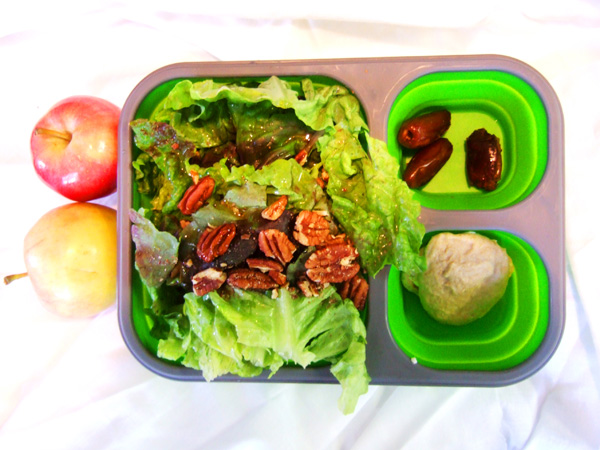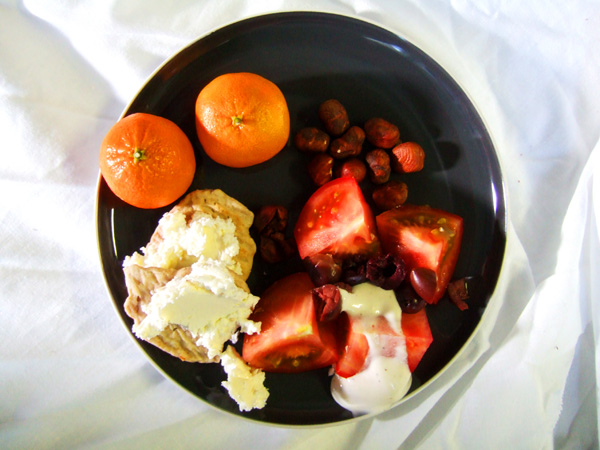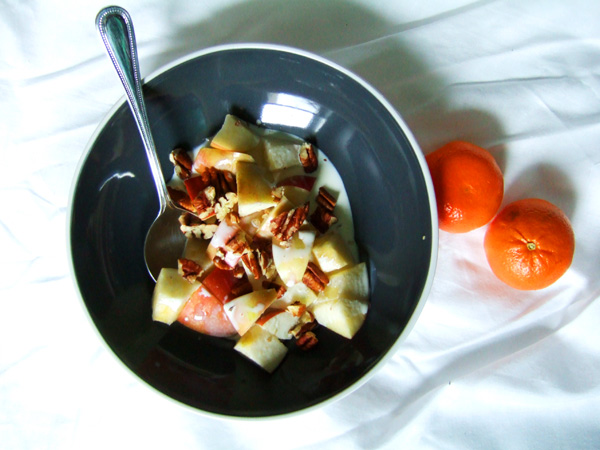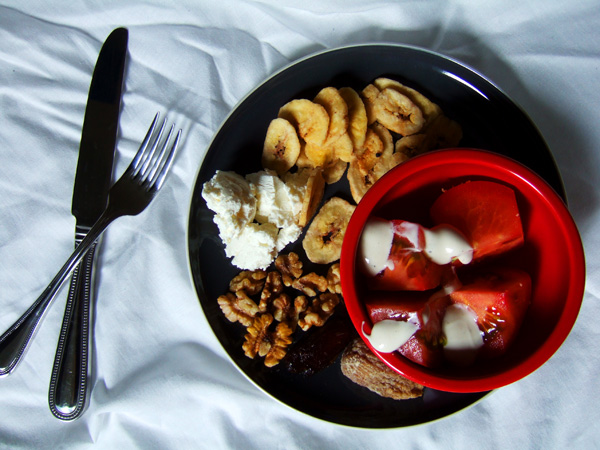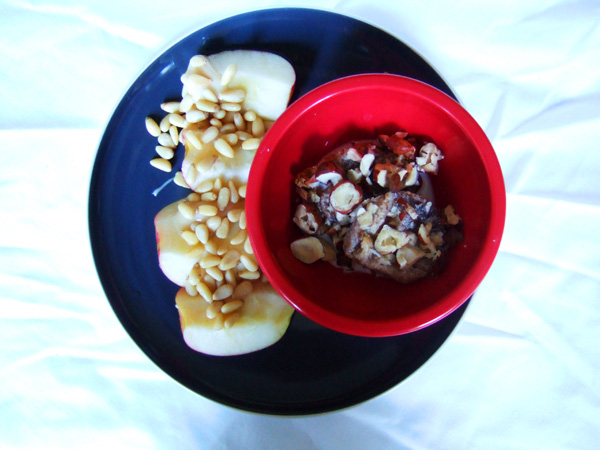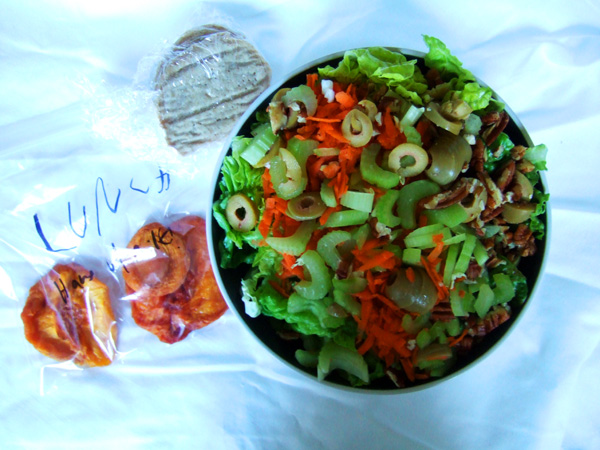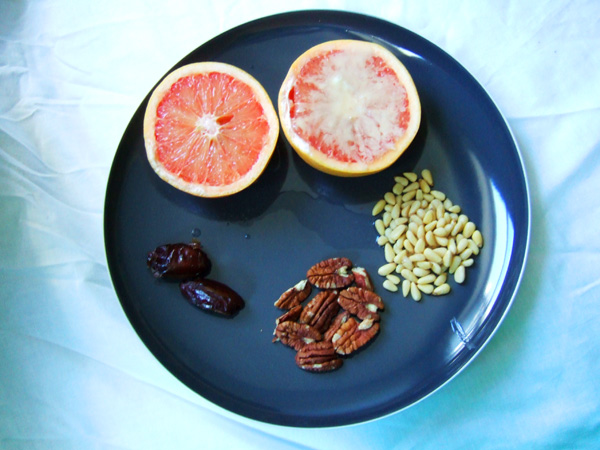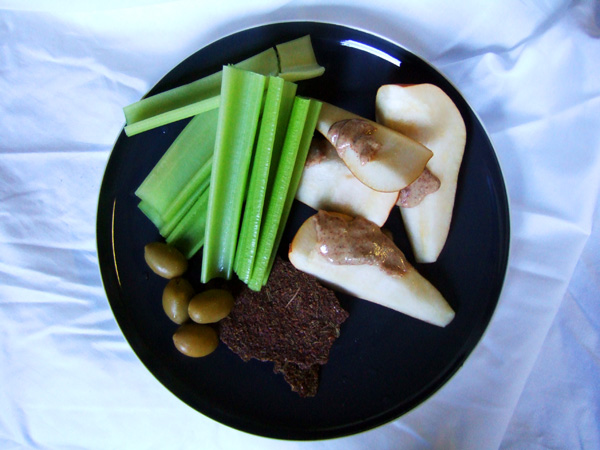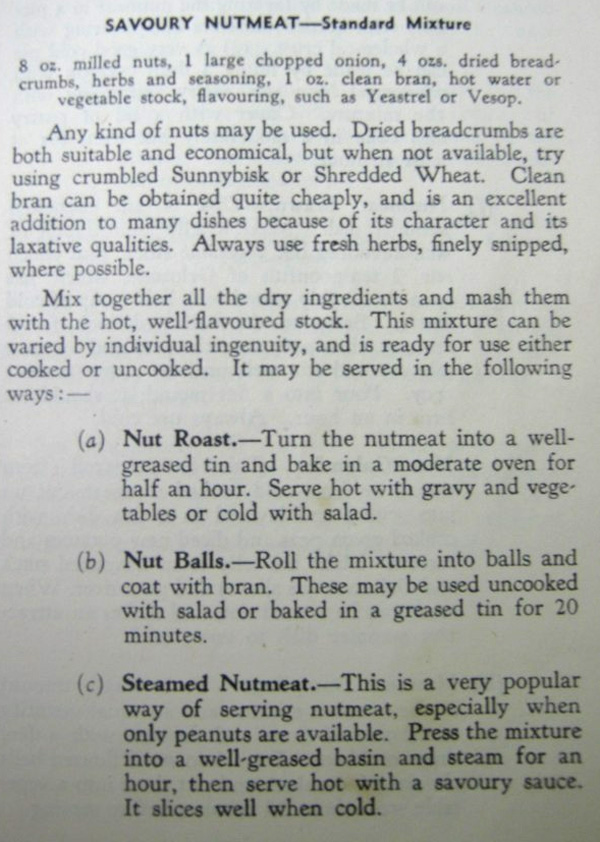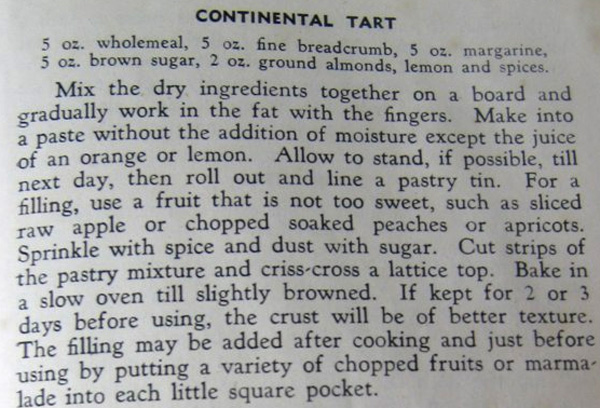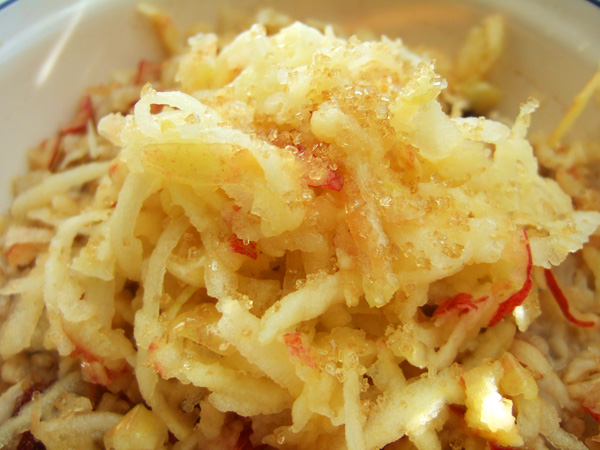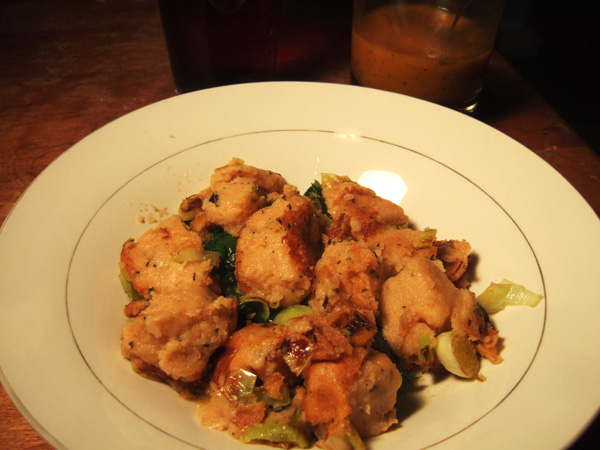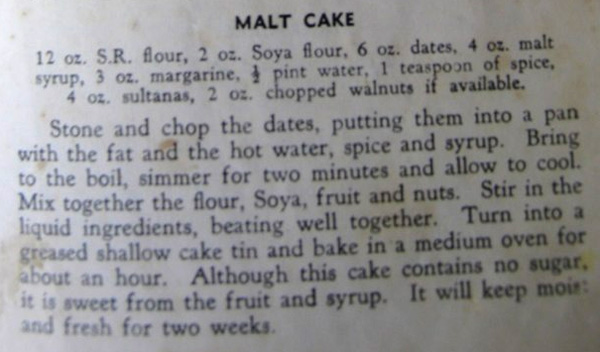 Long Island’s Wolffer Estate Verjus, a tart coking ingredient made from the juice of unripe grapes.
Long Island’s Wolffer Estate Verjus, a tart coking ingredient made from the juice of unripe grapes.
This is the third is a series of posts I’m doing about Medieval cooking; I’ve already eaten dishes from the earliest known English cooking manuscript; and dabbled in Martha Washington’s historic recipes; now, I want to focus on an interesting medieval ingredient: verjus, verjuice, or literally “green juice.”
The History
A byproduct of the wine industry, grape vines are thinned midway through the season, producing a haul of unripe grapes which can be pressed for their juice. Before lemons were imported into Northern Europe after the crusades, verjus added sour and acid flavors into food. Tartaric acid, better known as cream of tartar when used in baked goods, is responsible for its flavor; poured over ice and drunk straight, verjus is a refreshingly tart grape juice. I’ve read it can also be pressed from windfall apples and other unripe fruits and can be bottled and kept for up to a year.
Winemakers are trying to reintroduce verjus to a contemporary market; I found my bottle in a cheese shop, Formaggio Essex, on the Lower East Side of Manhattan. The New York Times wrote about verjus in 2010, suggesting it as ideal for saucing up a chicken (also a very traditional use) and replacing the lemon in “lemon bars” with verjus, for a dessert.
I scoured the internets for period-appropriate verjus recipes, and cooked up a dinner party to taste test the results!
The Recipes
I hosted my dinner on a Friday night, so I decided to a go a little Medieval-Catholic-ee and observe a “fast day,” meaning no meat. All my offerings were veg, starting with a squash soup from Libro de Arte Coquinaria (The Art of Cooking) written c. 1465 by Martino da Como.
 A Squash or Pumpkin Soup, 1465.
A Squash or Pumpkin Soup, 1465.
The translated recipe for this dish can be found in The Medieval Kitchen: Recipes from France and Italy. I used two butternut squash, sliced and cooked in a homemade vegetable stock that was heavy on the onion. I pureed to softened squash, and blended it with egg yolks, grated asiago cheese, and saffron. I plated each serving with a tablespoon of verjuice, and topped it with two kinds of black pepper, cloves, fresh grated nutmeg, and a dash of cinnamon. My diners were pleased with the recipe: they loved that the results were lighter and less sweet than a typical, contemporary squash soup. Get the full recipe here.
On the side, I served Green Poree for Days of Abstinence, a medieval French recipe of chard cooked with verjuice and finished with butter. I had picked this recipe to round out my menu, but this simple dish ended up being the favorite of the night. The verjus made the slow-braised Swiss chard sweet and bright. Everyone agreed it was not only the best Swiss chard they had ever eaten, but it was also a pleasure to eat: even my husband cleaned his plate.
 Swiss Chard with Verjuice: The Best!
Swiss Chard with Verjuice: The Best!
Swiss Chard Braised with Verjus
Adpated from The Medieval Kitchen: Recipes from France and Italy
This recipe is enough for one head of swiss chard, which would feed 1-2 people. I recommend preparing one head of chard per person; it cooks down substantially.
1 head Swiss chard, washed, dried, and tough stems removed.
1/4 cup verjuice
1/2 cup vegetable stock
2 tablespoons butter (or to taste)
Salt (to taste)
In a large pot, add chard, stock, salt and verjuice. Bring to a boil, then reduce heat to low and simmer 20-30 minutes until tender. Stir in butter and serve with toasted bread.
 Verjuice dessert bar.
Verjuice dessert bar.
For dessert, I took the New York Times’ suggestion and baked Ina Garten’s Lemon Bar recipe, replacing the lemon juice with verjuice. I wasn’t sure if I should still add the lemon zest, however. I didn’t and I found the results to be too subtle and flavorless. Most of of diners enjoyed the slightly tart taste of the custardy bars; I took the leftovers to a party, and everyone gorged themselves. By the way, when making this recipe, I realized I didn’t own a 9×13 pan, so I dumped the batter in a much smaller pan and told myself it would be fine. As a result, the extra thick verjus bars didn’t set properly in the middle, and were a bit runny when I sliced into them. But thems the breaks, and no one seemed it mind.
The Results
Verjuice is awesome. I would buy it and try it again; I would even attempt to make it myself after I move out of New York have some outdoor work space. I think it’s a great thing to keep in the kitchen and I’m really curious to try it to deglaze pans and make sauces for meat. I’d love to use it with more cooked vegetables; I think the flavor complements greens better than lemon juice. And one of my dinner guests pointed out it would be a great mixer for drinks; she envisioned gin, which would make an excellent summer cocktail.
If you’re interested in giving verjus a try, there is an entire cookbook devoted to Cooking with Verjuice. You can also buy it online
if you haven’t seen it in any nearby stores.
The possibilities are endless. The flavor is incredible (even if you hate grape juice, like I do!). Try it.



